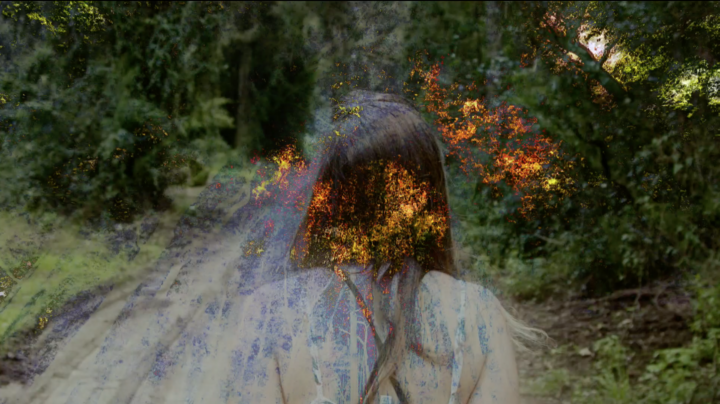Ashera
 Gods, goddesses and stories of mythology have been with us for millennia, primarily in an attempt to answer the most difficult and basic questions of human existence.
Gods, goddesses and stories of mythology have been with us for millennia, primarily in an attempt to answer the most difficult and basic questions of human existence.
In antiquity, people who lived in the areas of the fertile crescent and North Africa practiced polytheistic religion, worshiping many gods. That was also true for the Jewish people, or the Israelites as they were known.
Ashera is an ancient Near Eastern goddess who appears in a number of ancient sources. Like all characters of mythology, she changes her name with the particular language and region of her worshipers. In addition to the name Ashera, she also been also known as Baalat, Elat, Elath, Qudshu or Astarte. Asherah’s consort was El or alternatively Ba’al, depending on the source and time of the tale.
Some of what we know of Ashera is derived from the study of archaeological finds and discovery of Bronze Age Ugaritic religious texts (Northern Syria) where she is called “the creatress of the gods” as well as the Hebrew Bible.
In 2 Kings 17:10 we read “they set up for themselves sacred pillars and Ashera poles on every hill and under every green tree.” The Bible as we know it advances patriarchal monotheism, and is condescending and outright hostile to the pluralistic pantheon of gods worshipped by all inhabitants of the region, including the Israelites. While all gods are ridiculed, female deities, In particular, incur its wrath. Rituals associated with female goddesses are categorized as abominations, promiscuous and even outright as licentious and perverted.
This mirrors the pattern of a contemporary abusive relationship: follow my rules or I’ll do you harm and it will be your own fault for not obeying me. The prophets of the Bible promisedthe destruction of Israel if they don’t adhere to Yahveh’s laws. 1 Kings 14:15 mentions that – “He would uproot Israel from this good land …….. and he will scatter them beyond the Euphrates, because they have made their Ashera poles, provoking the lord to anger.”
Exploring the evolution of mythology, and the shift of power from Earth Mother the protectress to a single male god, it has become clear to me that this shift of philosophy, gave man permission to exploit earth to the point of destroying our habitat.
This cine-poem draws on Ashera’s manifestation as sacred trees worshiped in groves. It resurrects the ancient goddess who was entrusted with protecting the environment. In personifying her role as a protectress of nature we observe her pain while she laments its destruction.